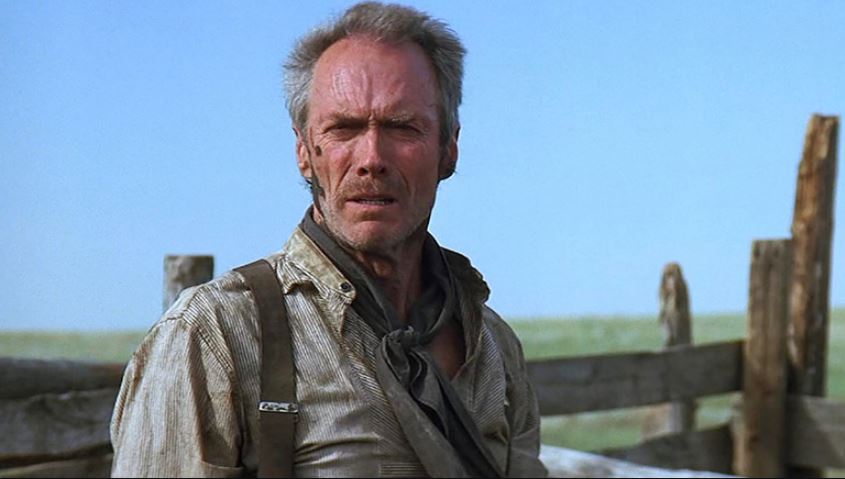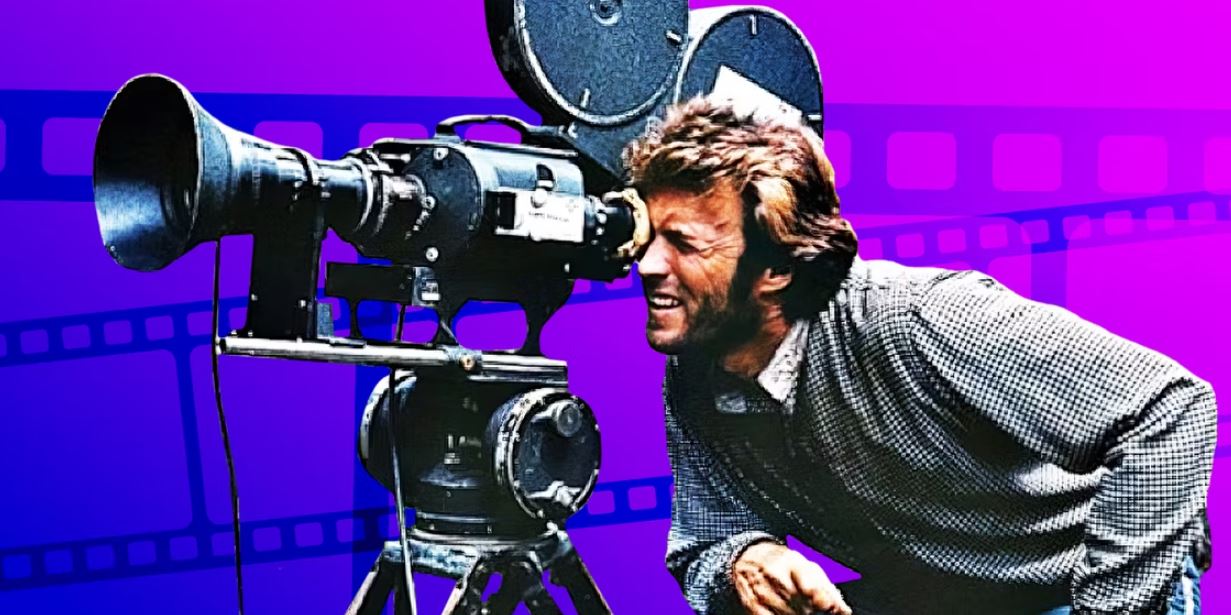Dustin Hoffman once said that “a ‘take’ is an opportunity to fail … and we think that we have to get it right all the time.” In stark contrast to theater, where actors have one shot at hitting their marks and delivering their lines, film acting is a gift to performers in so much as they can make mistakes and strive for perfection with take after take, and audiences will never be the wiser. But when it comes to cinema, the buck ultimately stops with the director, and various filmmakers approach the craft differently regarding how far they’re willing to go to capture what they’re looking for.
While a renowned filmmaker like Stanley Kubrick didn’t hesitate to request 148 takes for a scene in The Shining, other accomplished directors have proven much more reserved and minimalist, encouraging actors to be spontaneous and fresh with as few takes as possible. Since his directorial debut with 1971’s Play Misty For Me, and with more than half a century behind the camera, iconic actor-turned-director Clint Eastwood is one such prominent example.
Clint Eastwood Prefers Shooting Very Few Takes

A filmmaker couldn’t even dream of putting out as many films as Clint Eastwood does if he or she was striving for perfection with each successive effort. Having helmed nearly 50 films, and with the upcoming Juror No. 2 alleged to be his swan song, Eastwood is undoubtedly one of cinema’s most prolific cinematic storytellers. Often directing more than one film in a year, and bouncing from one genre to the next, his versatility is matched by an economical methodology for getting what he wants on-screen. Among his tactics for ensuring productions don’t run over-schedule and over budget is an affinity for shooting a minimal number of takes for any given scene.
“I have a reputation for always going with the first or second take,” Eastwood acknowledges. Additionally, aside from scenes involving logistical complications via camera movement, lighting, and blocking, he doesn’t often rehearse scenes with actors. Eschewing preconceived notions and allowing for creative fluidity within performances, Eastwood wants his performers to be present in the moment rather than plan everything to a tee ahead of time. “The objective is to make everything sound like the first time it’s said, so the only thing I can do is try to pick it up the very first time it is said,” he told Film Comment. “You’d be surprised with good performers how interesting something can be the first time they try it.”
Of course, as Eastwood readily admits, there are times when a particular moment needs a tweak regarding performance, pacing, or tone. Whether he isn’t wholly satisfied with a take or wants to indulge a performer’s desire to do something better or differently, exceptions are made. Even under such circumstances, however, the filmmaker prefers not to milk a scene for all it’s worth with take after take, opting instead to maintain a sense of momentum. “You have to keep the crew and the production going at a business-like pace so they get the feeling they are part of something that’s actually moving forward,” he says. While all filmmakers work differently, Eastwood’s reserved, minimalist, yet confident approach to directing has been both surprising and endearing to the performers he’s worked with.
Clint Eastwood Fosters a Calm and Comfortable Filmmaking Environment

Having been in front of the camera for years before stepping behind it, Clint Eastwood’s understanding of the acting process is as obvious as it is thorough and nuanced, which undoubtedly informs his approach to working with performers. Despite the on-screen persona he’s cultivated through tough, no-nonsense characters like Detective Harry Calahan and the hardened gunslingers he’s played in a slew of Westerns, Eastwood is well-known for his relaxed demeanor while directing. “For me, it’s very important to have a comfortable and calm environment on set,” he told Indiewire. “It’s important that the actors are submerging themselves into the character to the greatest degree and the best way to do that is to give them full confidence and ensure they don’t feel like they’re riding a ship that’s on the brink of disaster.”
Calm yet confident and always in control, Eastwood’s method of working has often been a noteworthy experience for performers, though some have expressed surprise over how few takes they’re allowed to shoot. According to actor Jeff Daniels, who worked with Eastwood on Blood Work, “You know you have to be ready because it’s one take.” Matt Damon, who appeared in the filmmaker’s Invictus and Hereafter, echoed Daniels’ sentiment and the rare occurrence of being able to shoot multiple takes. “You have to hound him for a second take,” he remembers.
While Eastwood’s less-is-more approach to directing may strike some performers as uncommon and limiting, it’s proven logistically effective and efficient. And as far as quality is concerned, the fact that he’s overseen numerous Oscar-winning performances, from Gene Hackman’s corrupt sheriff in Unforgiven to Hilary Swank’s prizefighter-hopeful in Million Dollar Baby, only further solidifies his reputation as an actor’s director who knows how to get what he needs with limited options in the editing room.
